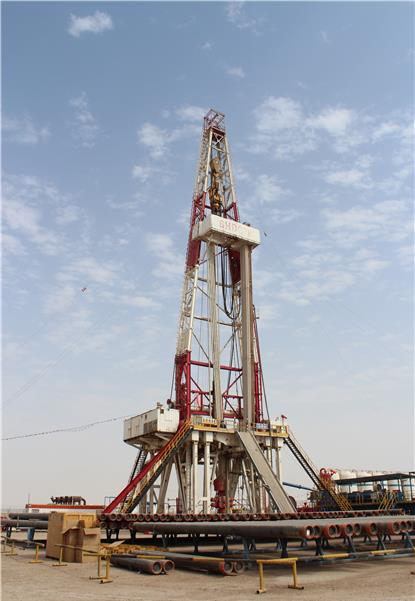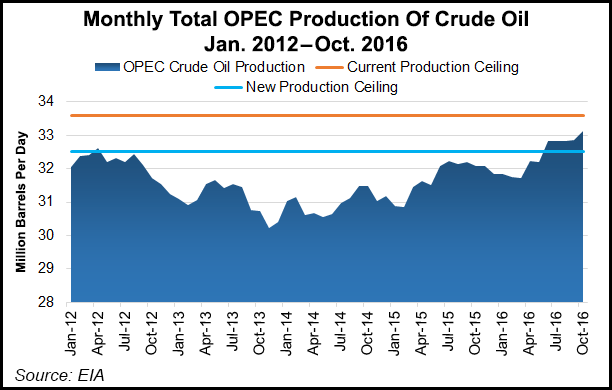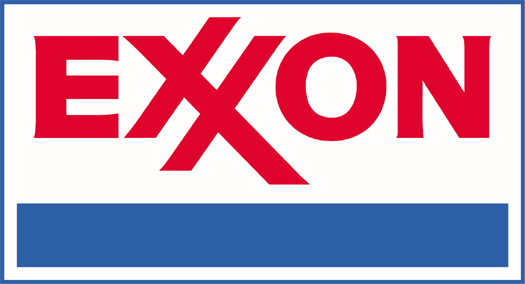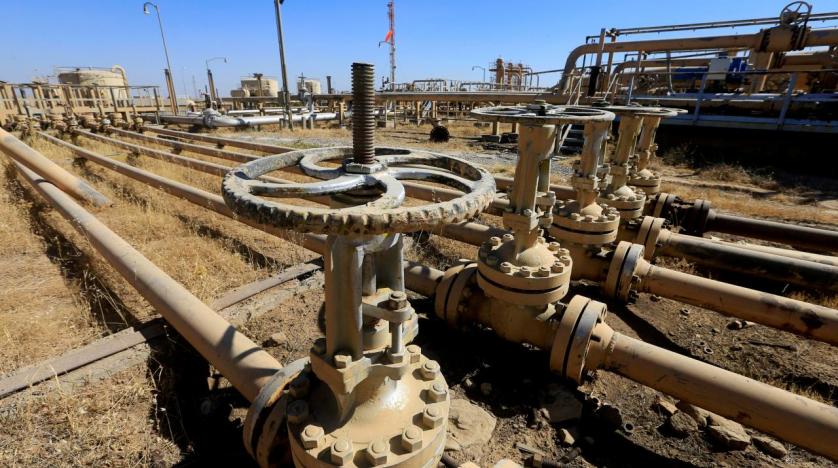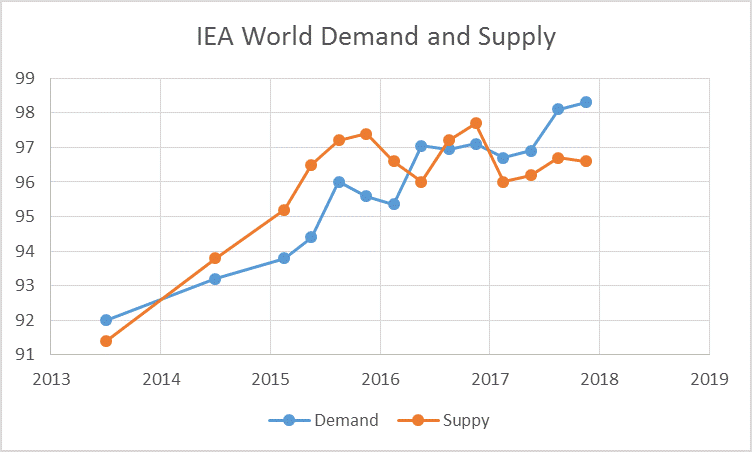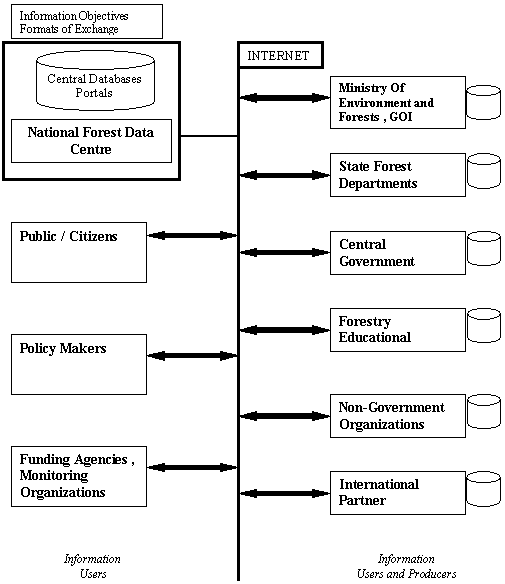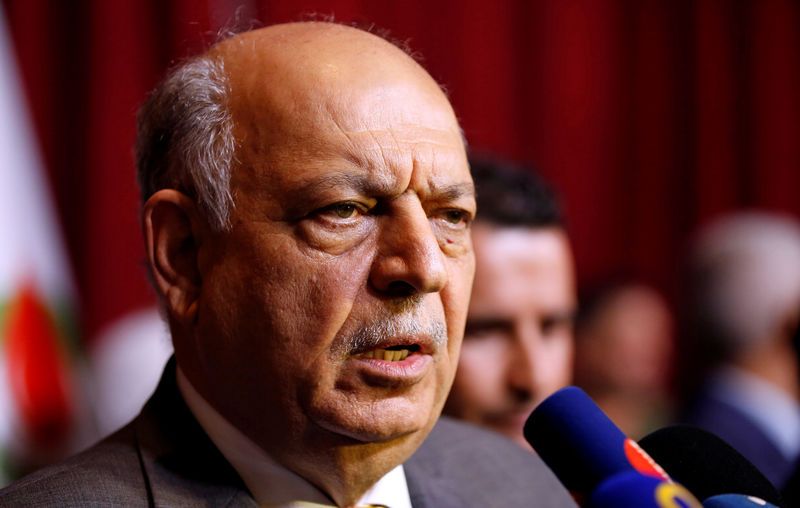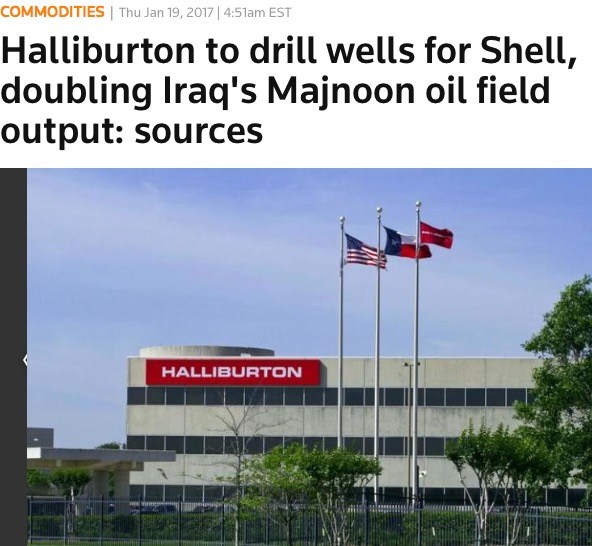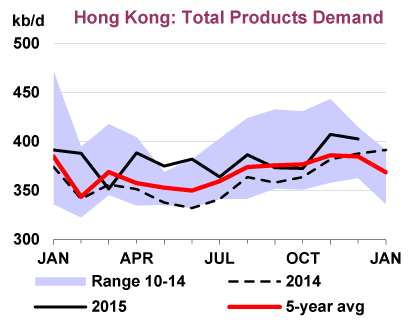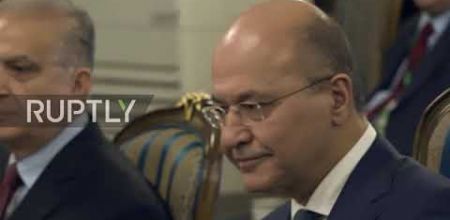By Ahmed Mousa Jiyad.
Any opinions expressed are those of the authors, and do not necessarily reflect the views of Iraq Business News.
IEITI Report on “Register of Licenses” – Another Disappointment
Iraq EITI (IEITI) released recently the above report, which it says, “In accordance with Standard 2.3 of the International Initiative”; in part it is among Iraq efforts to re-instate its “compliant” status with EITI.
The report, written in Arabic, provides important data and information; other narratives and descriptions are rather known for those familiar with bid rounds licensing processes that were followed since 2009.
Apart from the fact that the report has no date and who authored it, there are, unfortunately, too many inaccuracies, unexplained terms, missing items, ambiguities, typing errors, inconsistency in number and table formats and unchecked data, among others.
Such serious shortcomings would surely undermine the credibility and usefulness of the report and some of its content could be misleading.
Reading the report thoroughly, as testifies below, and for the interest of IEITI suggest:
- IEITI should withdraw immediately the report and stop its circulation;
- The report should be reviewed, rechecked and corrected by PCLD at the Ministry of Oil since PCLD is the only formal entity that has competence and data on the bid rounds and licenses;
- Both PCLD and IEITI are advised to take into account the below analyses and remarks when redrafting the report;
- After the above are done, IEITI publish the redrafted, rechecked and reconfirmed report and all its contents.
This assessment comprises three parts: part one provides “common remarks”; part two specifies remarks on field level and part three addresses the data on corporate income tax-CIT.
Part one: the common remarks
- Each table for each field has a column with a title “Recovered cost$” and a “number”; the provided “number” apparently has nothing to do with “Recovered cost”, actually it refers to the “contracted Remuneration Fee”. Therefore, it seems the report mixes-up between two very different terms: Recovered cost vs. contracted Remuneration Fee. Incidentally, the report does not use the contractual term “Remuneration Fee”, it uses “Profitability Fee”, which I think is inaccurate and could be misleading. Finally, the report does not mention which year these data belongs!!
- The format of each first table for each oilfield is rather preliminary and confused: the title of the columns do not corresponds to the contents of the rows!!
- The report uses a term “Recovered cost for the State Partner”. This is rather ambiguous and also inaccurate since the cost-share of the State Partner, is contractually “carried” upfront, but has to be “paid” by Iraq as per the quarterly payments outlined in the related contracts, thus it is NOT “recovered” by the State Partner. Moreover, why this item was “quantified” for some oilfields and not for others???;
- Similarly, but for different logic, the report was inaccurate when stating data regarding item “IOCs recovered cost” as this underestimate (or understate) what actually Iraq’s pay to the related IOCs in that year. IOCs’ cost recovery in a particular years includes the total of “IOCs recovered cost” PLUS the “Recovered cost for the State Partner”;
- Why the report focuses only on 2016 when it comes to item “IOCs recovered cost” and to the quantified values of item for “Recovered cost for the State Partner”; what about previous years or the accumulated value of the recovered cost!! I think they should be included and corresponding to date for both production and income tax;
- The report do not specify the monetary unite (US Dollar or Iraqi Dinar), though it is more likely a US Dollar.
Part two: Remarks to the provided data on field levels
Al-Ahdab Oilfield:
- Actual annual production has been over the “contracted” Plateau Production Level-PPL that is also mentioned in the report, why? Or that PPL was increased without the knowledge of those who drafted the report!
- Actual production in 2016 was 321KBD lower than that of 2015, why? In the meantime income tax paid by 2016 is higher than those for 2015, how come??
Missan 3 Oilfields
There are no values for “profitability fee” for the IOCs and for the State Partner!!!
Zubair and WQ1 Oilfields
The values for “profitability fee” for the IOCs and for the State Partners are exactly the same for both oilfields, though they differ in production profiles!!! Also the value of the “IOCs recovered cost” are very close!!!
Halfaya Oilfield
While no production was reported for 2016 there was significant Cost Recovery and the paid income tax for that year was the highest since the commencement of production in the field, why??.
Badra Oilfield
- 2016 oil production is surely wrong (probably a typing error or due to number format);
- No “Profitability fee” was reported!!!
WQ2 Oilfield
- Why 2016 is lower than 2015 by 180kbd??? While income tax for 2015 was “0” and for 2016 was $53.7 million; something surely wrong!!
- How come the “profitability fee” for the Iraqi SP was more than 50% of that for IOCs!!!!!
Majnoon Oilfield
- How is it possible that SP “Recovered cost” is three times higher than IOCs “Recovered cost” in 2016!!!
- Values for “profitability fee” for SP and IOCs are surely wrong (probably a typing error or due to number format)
Gharaf Oilfield
- The provided data on the “First Commercial Production-FCP” is surely wrong! FCP is close to 59% of the stated Plateau Production; this is contractually incorrect and operationally impossible! (Probably there is a typing error)
- Because of that error in FCP, the reported annual production data have not, so far (after six years from contract validation) reached and exceeds that FCP!!. Hence, what are the legal and contractual justifications for paying “profitability fees”? And why the IOCs paid taxes from 2015 onwards! Contractually, reaching the FCP triggers fees and cost recover as well as CIT payment.
- How it is possible that the SP “recovered cost” is three-times more than that for IOCs? Another error or wrong perception!!
Gas fields (Akkas, Mansuriya and Siba)
Though no data was provided, the table format (for FCP and Plateau Production) should be corrected and consistent.
Part three: Corporate Income Tax-CIT
The report provides a table comprises the annual and total “deducted” CIT based on “fields level” over the period 2011 and 2018 (both years inclusive). There are many serious problems and observations that need clarifications and correction:
- The table covers years 2011 to and 2018, but the provided data on “Profitability Fee”, in earlier part of the report, was limited to 2016! So what are the “actual bases” for calculating and deducting these annual CIT payments?
- There are no paid CIT for 2012 for three oilfields that paid taxes on 2011 and produced oil in 2012?
- Why companies operating Missan 3 oilfields paid CIT for only one year-2015!
- Why companies operating Badra oilfield did not pay any CIT at all!
- Companies operating Al-Fayha oilfield (the exploration block Nr. 9) for 2017 and 2018, but the report mentions nothing on the status of that field and work progress on it;
- CIT paid by companies operating Al-Ahdab oilfield comes second, in volume, after those for Rumaila. This needs explanation for the following reasons:
- Al-Ahdab began paying CIT in 2013 while those for Zubair and WQ1 began in 2011;
- Al-Ahdab annual production levels are much lower than those for Rumaila, Zubair and WQ1;
- Contractually, CIT for Al-Ahdab is 15% and has a “stabilization clause” that protects it from the 35% CIT imposed latter;
- The grand total for paid CIT is not correct, due largely to number format, which is a persistent problem of inconsistency and inaccuracy for the entire report.
In addition to the above there are too many errors and typing mistakes that should be addressed and edited correctly.
Mr Jiyad is an independent development consultant, scholar and Associate with the former Centre for Global Energy Studies (CGES), London. He was formerly a senior economist with the Iraq National Oil Company and Iraq’s Ministry of Oil, Chief Expert for the Council of Ministers, Director at the Ministry of Trade, and International Specialist with UN organizations in Uganda, Sudan and Jordan. He is now based in Norway (Email: mou-jiya(at)online.no, Skype ID: Ahmed Mousa Jiyad). Read more of Mr Jiyad’s biography here.

